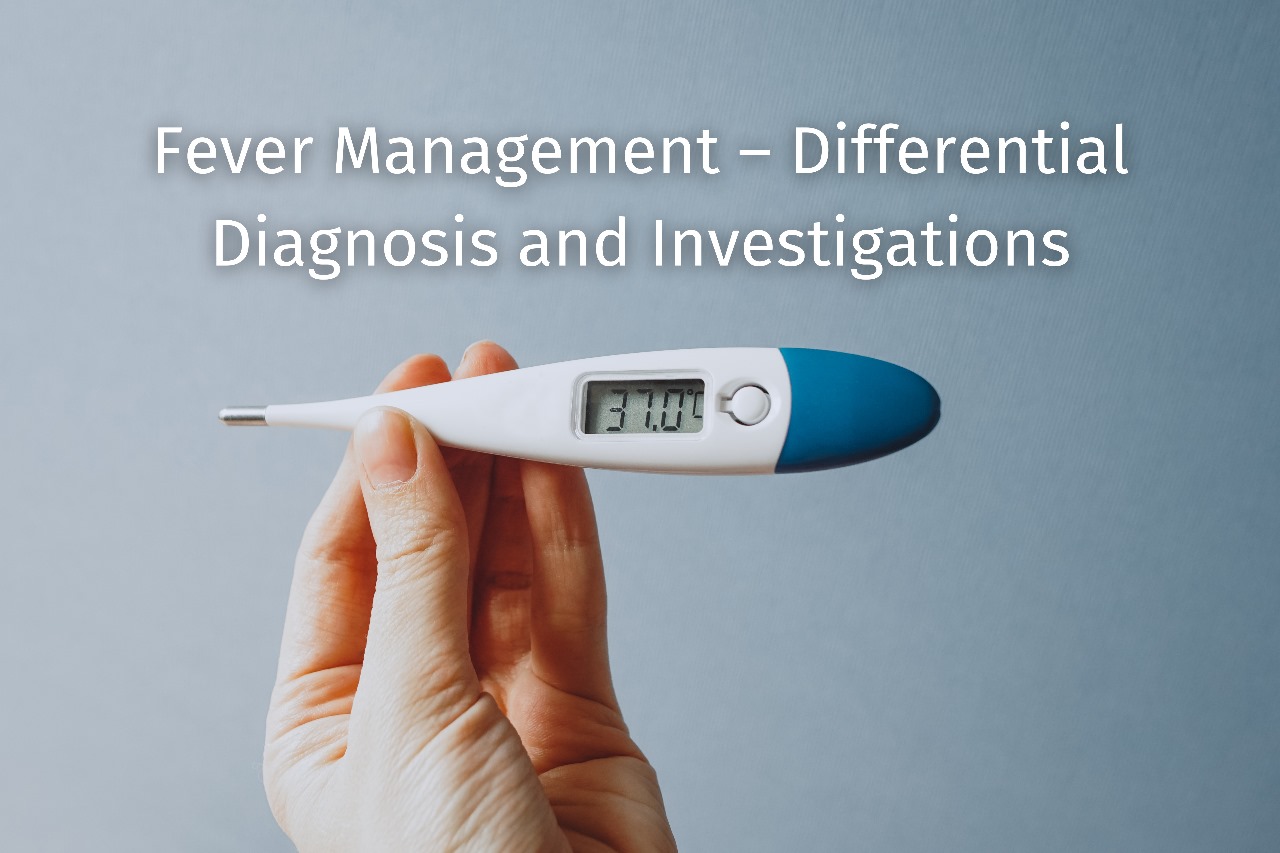The recent surge in cases of amoebic meningoencephalitis (PAM) in Kerala has underscored the critical importance of effective fever management, particularly in distinguishing between various infectious etiologies. This article discusses the differential diagnosis of fever, necessary investigations, and the significance of accurate diagnosis and management for healthcare providers.
Understanding Fever
Fever is a common clinical symptom that can arise from numerous causes, including infections, inflammatory conditions, and malignancies. In the context of amoebic meningoencephalitis, identifying the underlying cause of fever is essential for timely intervention and treatment.
Key Considerations in Differential Diagnosis
When evaluating a patient with fever, clinicians should consider:
- Infectious Causes: Common infectious agents include:
- Bacterial Infections: Such as pneumonia, urinary tract infections, and meningitis.
- Viral Infections: Including influenza and COVID-19.
- Parasitic Infections: Notably malaria and amoebic infections like PAM caused by Naegleria fowleri.
- Non-Infectious Causes: Conditions such as autoimmune diseases, drug reactions, or malignancies can also present with fever.
Symptoms to Guide Diagnosis
Associated symptoms can help narrow down the differential diagnosis:
- Neurological Symptoms: Headache, confusion, or altered mental status may indicate central nervous system involvement, prompting consideration of PAM.
- Localizing Symptoms: Cough or dysuria can suggest respiratory or urinary tract infections.
Investigations for Fever
Initial Assessment
A thorough history and physical examination are vital components of evaluating fever:
- History Taking: Documenting the duration and pattern of fever, associated symptoms, recent travel history, and exposure risks is crucial.
- Physical Examination: Assessing vital signs and conducting a complete examination to identify focal signs of infection.
Laboratory Investigations
Depending on the clinical scenario, several investigations may be warranted:
- Complete Blood Count (CBC): Helps assess for leukocytosis or leukopenia indicative of infection.
- Blood Cultures: Essential for suspected bacterial sepsis.
- Cerebrospinal Fluid (CSF) Analysis: Particularly important for cases with neurological symptoms; CSF analysis can confirm PAM by identifying Naegleria fowleri.
- Stool Examination: For detecting amoebic cysts or trophozoites if gastrointestinal involvement is suspected.
Imaging Studies
Imaging such as CT or MRI may be necessary in cases where neurological involvement is suspected to evaluate for complications like brain edema or abscess formation.
Importance of Accurate Diagnosis and Management
Timely Intervention
Accurate diagnosis of fever allows for prompt treatment, which is critical in preventing complications associated with severe infections like PAM. For instance, early recognition of PAM can lead to immediate administration of effective therapies such as Miltefosine.
Avoiding Misdiagnosis
The overlap in clinical presentations among various febrile illnesses can lead to misdiagnosis. For example, during outbreaks of PAM, symptoms may mimic those of other viral or bacterial infections. Misdiagnosing these conditions can result in inappropriate treatments and increased morbidity.
Reducing Antimicrobial Resistance
Properly diagnosing the cause of fever helps avoid unnecessary antibiotic use. Overprescribing antibiotics contributes to antimicrobial resistance (AMR), a significant public health threat. By ensuring appropriate treatment based on accurate diagnosis, healthcare providers can mitigate this risk.
Enhancing Public Health Response
As seen in Kerala’s recent cases of PAM, heightened awareness and improved diagnostic capabilities are essential for managing outbreaks effectively. Public health initiatives must focus on educating communities about risk factors and prevention strategies related to amoebic infections.
Conclusion
The recent rise in amoebic meningoencephalitis cases in Kerala highlights the need for healthcare professionals to enhance their skills in fever management through accurate differential diagnosis and appropriate investigations. Understanding the complexities surrounding febrile illnesses not only improves individual patient outcomes but also strengthens public health responses to infectious disease outbreaks. Continuous education and adherence to clinical guidelines are imperative for effective fever management in today’s healthcare landscape.

